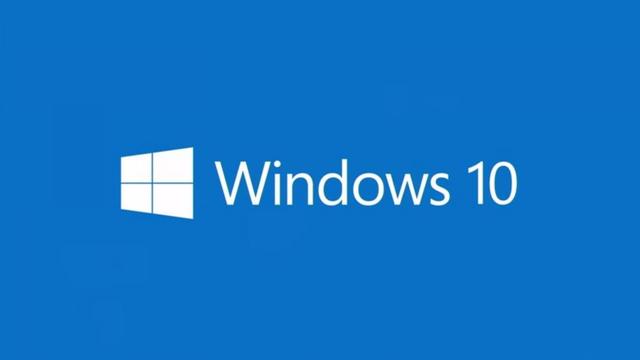
As a Windows 10 user you sometimes get used to the system feeling a bit slow. This can be for various reasons. The most common reason, however, is that the working memory is completely used. You can check this by looking at the RAM usage of the computer. This is how you proceed.
RAM stands for Random Access Memory and is used by the computer for quickly storing data, which is deleted after use. This type of memory works in tandem with ROM (read-only memory), which takes on longer-term tasks. This is an SSD or other hard drive.
In many cases, the computer can remain fast for a long time when there is more than enough RAM. That is true, but it can also sometimes help to check which apps, programs and components are using that fast RAM to see if you can adjust something that provides a speed boost. Fortunately, you can easily check and adjust this within Windows 10, if necessary.
Check RAM usage on Windows 10
To simply check the working memory usage, proceed as follows. The most popular method is the button combination Ctrl + Alt + Del and then the option Task management to select. Now a separate window will open. If this is your first time arriving here, then you need to click the More details button at the bottom left.
Now click on the tab Processes (Chances are you’re already on it, though) and press the button with the text Memory. This allows you to sort the programs by memory usage and see which apps and programs use the most RAM Windows 10. Now find the app that uses a lot of memory. If that is the normal course of events, then you do not have to do anything. If a program has crashed or is not responding, you can end the process here. By the way, do not do this when you are still actively using that program, otherwise you could lose your work.

Using Resource Control
If you want to gain a little more insight into the memory usage of the apps on your Windows 10 device, you can use Source Control. You will find it very quickly through the Windows key + R and tapping resmon.exe in the new window. And otherwise you can Start open, scroll down until you see Windows System Management found and there Source control Selecting. In this new window, click on the tab Memory and all the way to the right then on Own (kB).
Now you will again see the apps that use a lot of memory. Unlike Task Manager, you don’t see any user-friendly program names here. Instead, you see the processes that are currently running. If you have any doubts about which process belongs to which app, right-click on the task and select the option Search Online. Then you will see more information about it. It is also true that when you end a process here (right mouse button > End process), only that process is stopped. The program will continue to run until you have canceled all processes.

Finally
In both cases, you can find out which apps and processes are responsible for memory usage. If you encounter problems while closing apps and processes, you can do well to restart the computer. All processes will then be terminated at once, which may cause the problem to resolve itself.
By the way, keep in mind that there are always apps that simply use a lot of memory. For example, Google’s Chrome browser is known to ‘eat up’ working memory, while programs like Photoshop also use a large part of that RAM. If you come across such apps, it does not mean that there is a problem with the RAM usage, even though the computer may feel slow at that time.
If you run into the limitations of your current working memory more often, you can always choose to expand that memory. If that is not possible, you may have to buy a new computer or laptop.
.